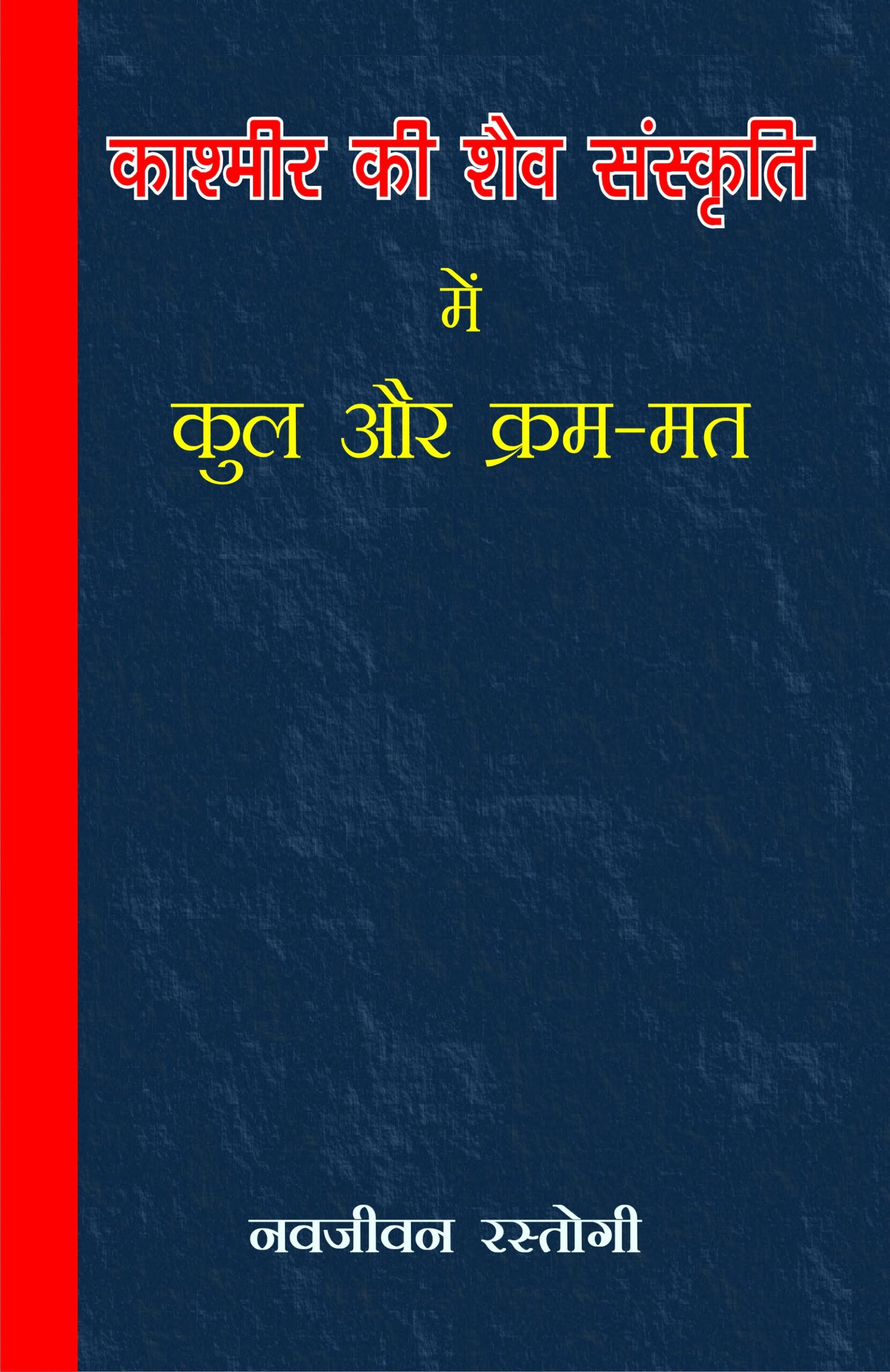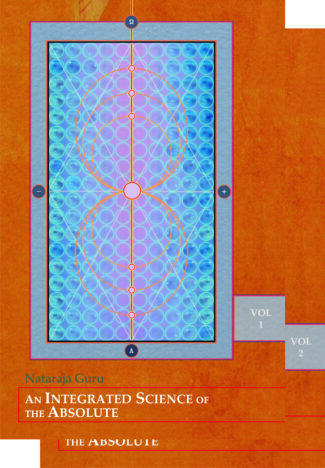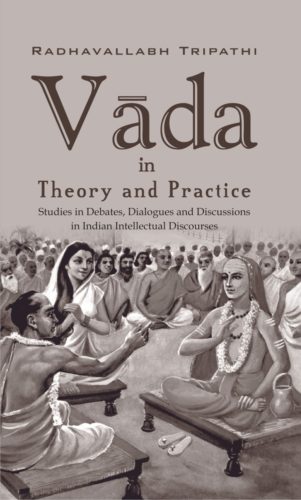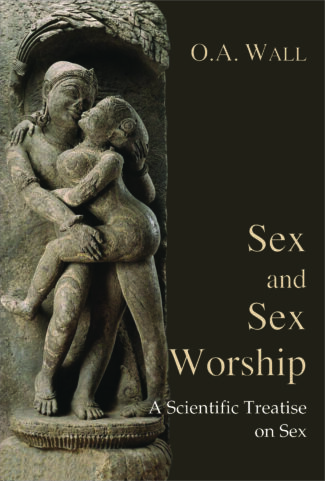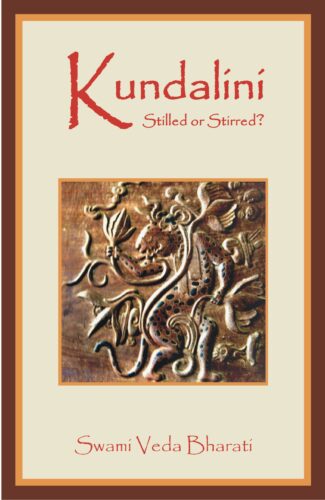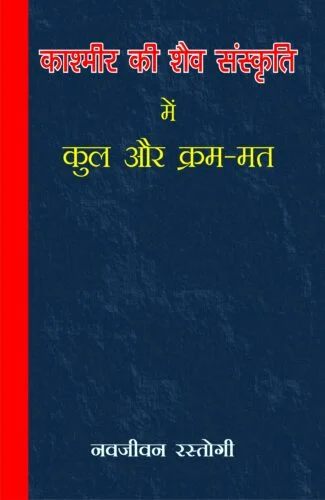

Kashmir Ki Shaiva Sa...
Kashmir Ki Shaiva Sanskriti mein Kul Aur Kram-Mat
by: Navjivan RastogiAmongst the traditions of the non-dual Kashmir Shavism, Krama and Kula have dominated the attention of the world scholarship. Going by the testimony of Jayaratha, the seminal notions of tantra-prakriya and kula-prakriya have largely determined Abhinavan enunciation of the intra-systemal variety. This monograph addresses all this in necessary detail charting historical evolution together with bringing to light some unpublished minor but useful tracts.
$20.00
ISBN: 9788124605776
Year Of Publication: 2011
Edition: 1st
Pages : xv, 200p.
Bibliographic Details : Appendices; Bibliography; Index
Language : Hindi
Binding : Hardcover
Publisher: D.K. Printworld Pvt. Ltd.
Size: 23
Weight: 400
From within the fold of the tantric Shaiva non-dualism of Kashmir, Kula and Krama are the traditions that have fascinated most of the modern Indological scholarship the world over. This monograph, in the first place, attempts to approach the two traditions against the backdrop of their historical and evolutionary growth.
From this presentation emerges the fact that Krama is a living mode of contemplation and thought even today. If one goes by Jayaratha, the seminal processes of Kula-prakriya and Tantra-prakriya have been largely instrumental in formulating Abhinavan exegesis of the intra-systemal diversity. This process-centric approach has gone a long way in defining the tantric meaning, typological classification and distinctive ritual praxis. This aspect was first noticed and underscored by the author in his Krama Trantricism of Kashmir. The problem, since then, has been constantly engaging the mind of the scholars eliciting valuable contributions. The prime motivation for the author has been to utilise this occasion to reassess, in the light of the fresh data, the contextualisation in which Abhinava sought to situate Kula and Krama. This could be considered as the second highlight of the present essay. The third and, perhaps the foremost feature of this monograph lies in bringing to light some minor but significant texts, hitherto unpublished, belonging to the Kula and Krama, namely Chumma-sampradaya by Nishkriyanandanatha, Kaulasutra (Kulasutra) and Shodashasvarakala by Shitikantha, Shaivashtakakosha (fragments) and Jnanakriyadvaya-shataka by anonymous authors. With the printing of these MSS the corpus of the published literature on Krama and Kula has got richer.



